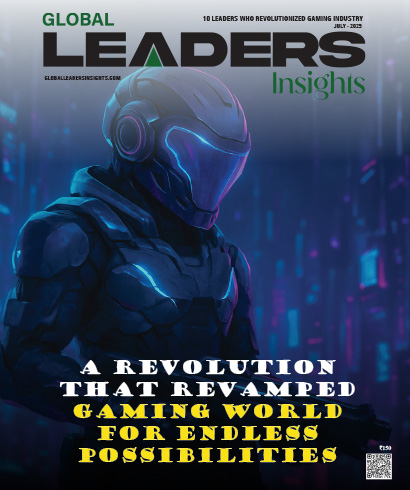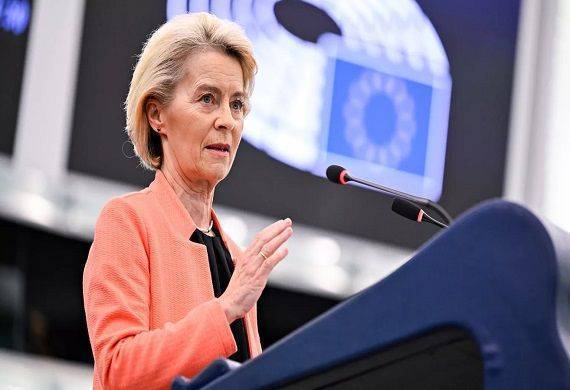Leadership Approach in Today's Digital-First Business World
By Sefton J Britto, Correspondent at Global Leaders Insights

Transformation has taken the business world into a digital revolution where the very being of a company is an in-built capability to operate without going through physical manifestations. In this age, good leadership becomes pertinent measure so much so that it applies for a new dimension in how leaders lead and guide the organizations through changing contexts internal to which they function.
The Changing Nature of Leadership
The traditional leadership tends to focus on hierarchical authority structures, top down decisions making with control orientation instead of their attention in today's digital by-default business world where the leader has to display agility and adaptability and collaboration.
From Control to Empowerment: Digital leaders recognize in order to unleash innovation and growth, also empowerment is necessary. They create an environment for the self-ownership, decision-making, and trial of new ideas by their employees in the workplace.
From Hierarchies to Networks: The merger of this age with digital demands that leadership aligns towards a fluid-networked model. It should build relationships, promote collaboration, and facilitate communication across various continents, functions, and departments.
From Planning to Agility: Heads should be able to change course at the snap of their fingers according to any fresh opportunities, challenges, or technologies in a fast-evolving digital world.
This shift will call for altering the mind from planning to being agile, with an emphasis on experimentation, learning, and adaptation.
Key Characteristics of Digital Leaders
Effective digital leaders possess a unique set of characteristics that enable them to thrive in the digital age.
Digital Literacy: Essentially familiarize yourself with digital technologies as well as trends and platforms, but critically learn to use them for business development.
Visionary Thinking: Mind it will consider some future of what will happen organization and build them by using digital technologies in driving innovation and growth.
Collaborative Mindset: Involved in becoming a company-changing individual in terms of his relationships with others at work and outside it, in challenging status quo and acquiring new insights into old knowledge bases.
Agility and Adaptability: Having the ability to change one's mind fast on the turn of events or to lead other people round when the going gets tough.
Customer-Centricity:A very high understanding of the requirements, wants, and behavior patterns of customers to better provide a more personalized, seamless, and omnichannel experience through using digital technologies.
Strategies for Effective Digital Leadership
Creating a thriving culture of digital excellence requires leaders to employ various methods of innovation and growth strategies.
Developing a Digital Transformation Strategy: A clear,compelling vision of digital transformation in sync with the organization's overall business strategy.
Building a Digital-First Culture: A culture devoted to innovation, experimentation, and continuous learning about exploiting technological possibilities for improving the bottom line.
Investing in Digital Skills and Talent: Their focus would be on developing the digital skills and capabilities of staff, and also attracting and retaining top-tier talent in the field.
Fostering a Culture of Innovation: A culture attracting experimentation, risk-taking and creativity underpinning the application of technology to generate innovations and growth.
Leading by Example: Digital leaders must thrive digital practices by actively showing the behaviors and mindset they expect from others to exhibit commitment to digital excellence and openness to learn and adapt.
Conclusion
Leadership in this digital age will now be all about being agile, flexible, and collaborative. The true digital leaders will have the most difference when it comes to the characteristics of digital literacy, visionary thinking, and customer-centric mindset. Strategies that will boost innovation-oriented, cost drive and a cultural nurture of an organization for digital excellence will be all the things that enable the organization and its leadership to compete in a new world of digital-first business.




.jpg)